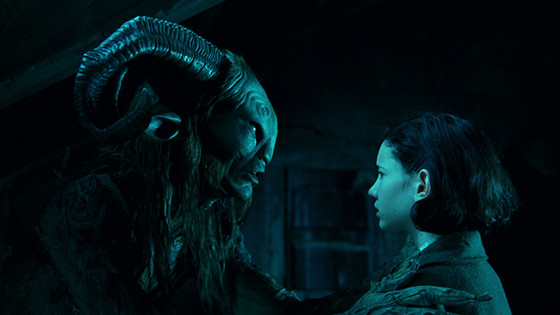
Little girls, this seems to say
Never stop upon your way
Never trust a stranger friend
No-one knows how it will end
As you’re pretty, so be wise
Wolves may lurk in every guise
Now as then, ’tis simple truth
Sweetest tongue has sharpest tooth.
So beware. Isn’t that the message of every fairy tale since time immemorial? That, as a child, you might be menaced by the bogeyman or the evil witch, if you stray from the path into the dark, dark forest or snatch one too many treats from the dinner table? But look closer, and you’ll find that many fairy tales are not alluding to childhood at all but rather the queasy, nebulous period that follows – puberty and the loss of sexual innocence – and, more specifically, as it takes place in girls.
The quote above is taken from Neil Jordan’s The Company Of Wolves (1984), a film adaptation of Angela’s Carter’s reworking of Red Riding Hood, and it perfectly captures the perverse nature of such stories, which tip the erotic into nursery fiction and the grotesque into adult fantasy – girls and wolves, tongue and tooth, fur and fang.
The price at stake, of course, is the girl’s virginity, and the various threats to her chastity from “beast-like” men; but while each of these stories wears the mask of being a cautionary tale, underneath they are inviting us to revel in the girl’s awakening consciousness of her sensual being and to be fascinated by the objects of her temptation, much as we’re fascinated by the monsters in a horror film, when, like little girls, we’re supposed to be quivering in fear.
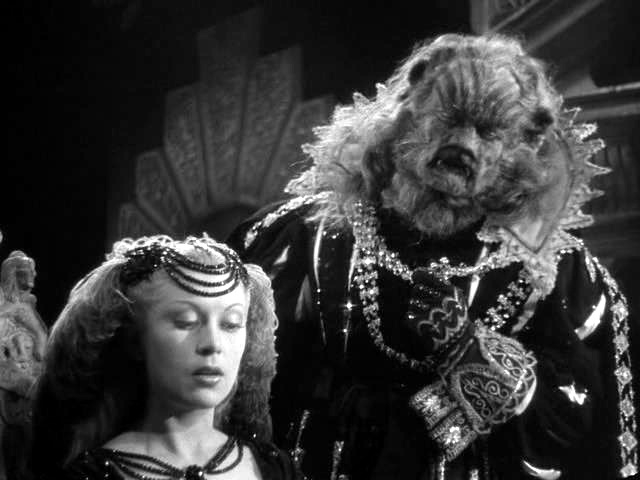
The Company of Wolves is largely forgotten now, but it represents a crucial missing link in the development of the fairy tale film subgenre. The granddaddy (or is that fairy godmother?) of such works is Jean Cocteau’s version of Beauty and the Beast (1946), the traditional story that best epitomises the confrontation between vulnerable femininity – all Beauty wants from her itinerant father is a rose, not wordly goods, signifying her innocence – and brutish masculinity – the Beast initially coming across as a furry, taloned fiend who would separate daughter from father, the ultimate metaphor for the translation into womanhood.
The film is justly famous for its quicksilver imagery and the astonishing realisation of the living castle the Beast inhabits, with its breathing, spying statues and candelabra formed of human hands. But the relationship between the two protagonists will go on to set the template for these kind of narratives – Beauty, initially horrified by her captor, eventually comes to love the being beneath the hide, while he in turn is, both literally and metaphorically, transformed by her attention into becoming a man – in this case, the rather foppish-looking Jean Marais. As such, the loss of innocence in a woman becomes a positive force in the male’s development, too.
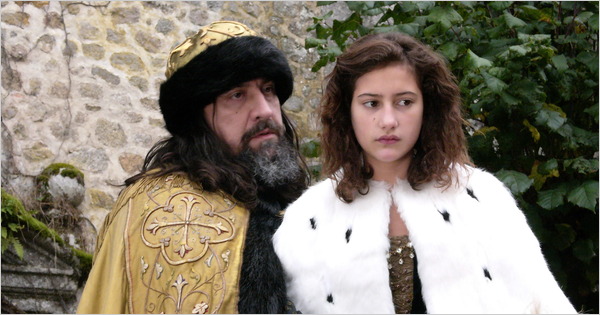
The other great story of girl versus beast concerns Bluebeard (2009), the infamous wife murderer, a giant of a man who also manages to prise a young lass away from her guardian and sequester her within his castle.
Enfant terrible of French cinema, Catherine Breillat, brought Charles Perrault’s tale to the screen in 2009, but far from the strongly feminist take you might expect from this director, she produced a surprisingly lyrical and delicate reading, which accentuated the mutual understanding between Bluebeard and his “victim” and the possibility of an adult love between them, based on ideas of give-and-take and trust that we would associate more with modern relationships than archetypal ones.
Indeed, the “defeat of the monster” that the film builds to culminates in an extraordinary tableau of the girl caressing the decapitated head of her husband – a serene Salome, not filled with vengeful triumph like her Biblical counterpart, but with genuine affection for the creature she has now tamed.
Furthermore, Breillat subverts the masculine threat by constantly intercutting between the story and the present day, in which two little sisters read the tale, and the younger girl’s rascally enjoyment of its gory details undermine any sense of a femininity paralysed by fear. Rather we are impressed by one, demonstrated by the pranks she plays on her sibling, that has a puckish and anarchic spirit.
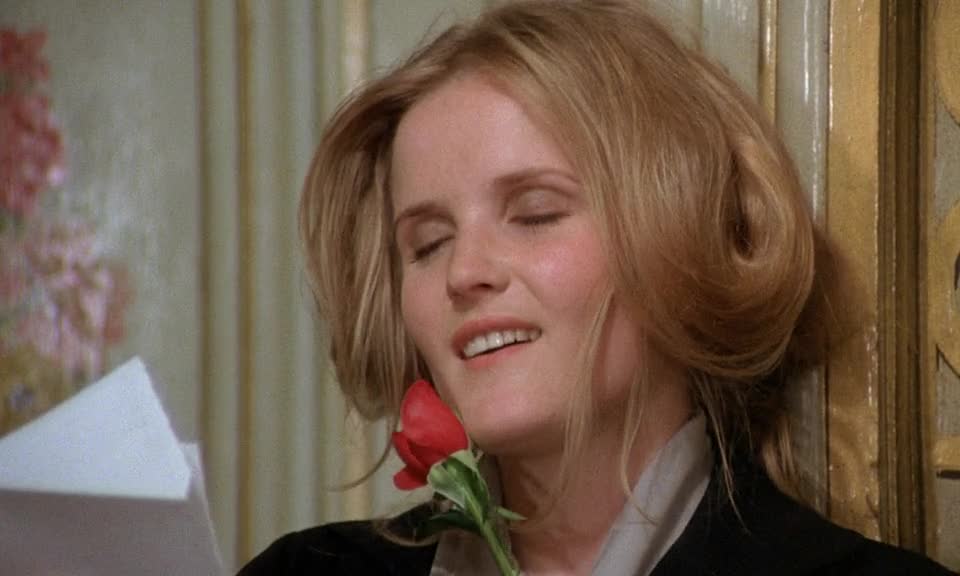
But the most impressive turning of the tables in fairy tale cinema occurs in Walerian Borowczyk’s La Bete (1975). Young Lucy is an English heiress forced by the peculiarities of her inheritance to marry a French nobleman – who just happens to have a tail and claws.
In a film which opens with a close-up of a stallion’s erection, subtlety is not the order of the day here, and the male gaze of softcore ’70s Euro art-porn is in full sway. But though our heroine’s nubile body may be the target of the voyeuristic camera, it is the poor beast that becomes very much the target of her sexuality, and not, as he’d hoped, the other way round. Her instincts awakened, she dreams of being chased through an 18th century garden in various states of undress by what can only be described as a horny gorilla.
Congress ensues, and she finds she rather enjoys it. So much so that she exhausts her seducer with her newfound lust to the point where she puts him in an early grave! The male animal is not so much tamed, as in Bluebeard; rather, his bestiality transfers and is adopted by the female.
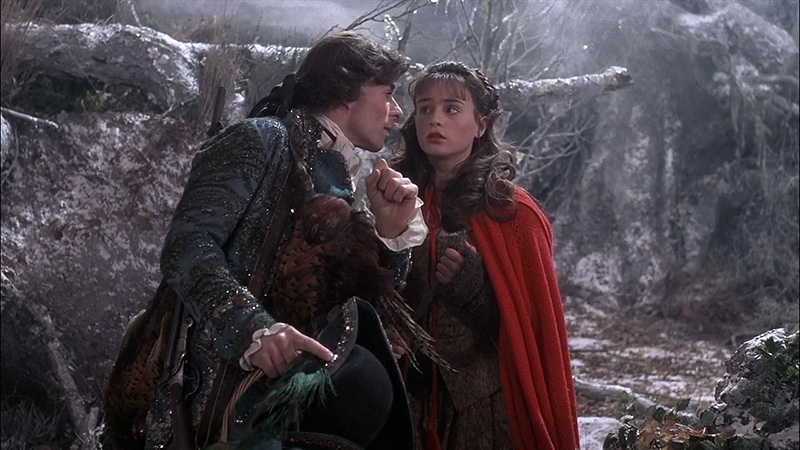
This is where The Company Of Wolves (1984) comes in. In Carter’s retelling of the story, Red Riding Hood (or Rosaleen) is indeed threatened by a wolf – in this case, a werewolf – but who, in his human form, takes the appearance of a strikingly handsome young man.
Rosaleen, as we have already seen, is discovering her nascent beauty; in one scene, she applies red paste to her lips, the “traditional” blooding of the female, which, in one form or another, occurs in nearly all these films, and represents the onset of menstruation. She is the wolf’s designated prey. But following the pattern outlined above, rather than play victim, Rosaleen becomes a willing participant in their courtship and gains the upper hand.
The difference here is that her transformation into predator is made literal. When the townsfolk come to hunt the monster killing their flock, they find not one, but two wolves, fleeing from their guns. The bond between male and female is now complete; they are the same creature. The curious result is that, in literalising this idea, the film actually abstracts the concept of the beast, and frees sexuality from the constraints of the masculine or the feminine.
The film is subversive in other ways, too. Framed as the dream of a young teenager on holiday with her family, it bleeds elements of the everyday world into the fantasy landscape, and so the film is littered with weird anachronisms, such as a gleaming Rolls Royce emerging from the mist or a tiny alarm clock tinkling in a medieval cottage.